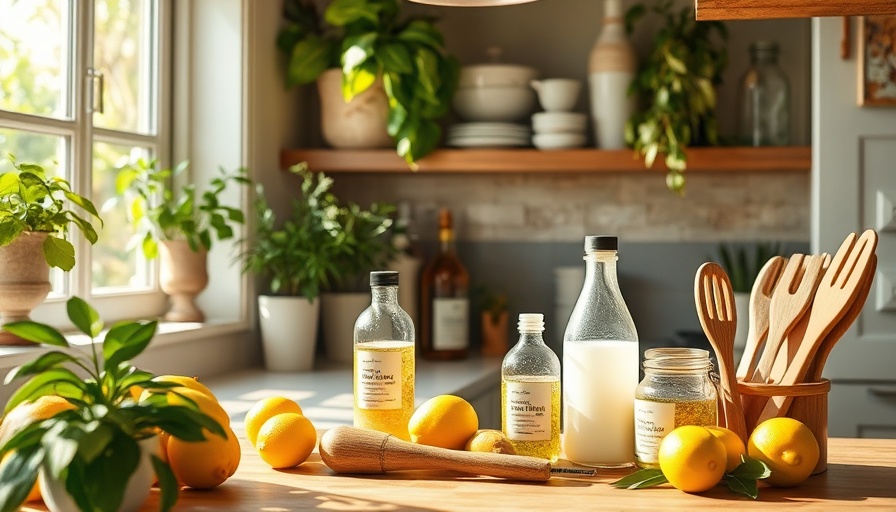
Why Choose Natural Alternatives?
In today’s world, many urban professionals are increasingly realizing the downsides of conventional cleaning products, notably bleach. While bleach has served as a staple in cleaning due to its disinfecting prowess, the harmful health effects and environmental implications have sparked a quest for safer, more wholesome alternatives. It’s about fostering not only a clean home but also a healthier lifestyle.
Understanding Common Natural Bleach Alternatives
Embracing natural cleaning agents is not just a trend, it’s a lifestyle choice. Here, we delve into several effective alternatives that keep your home spick and span, eliminating the need for harmful chemicals.
1. Hydrogen Peroxide
Often regarded as a must-have in any non-toxic cleaning arsenal, hydrogen peroxide is a powerful disinfectant. It can effectively eliminate mold and mildew, making it ideal for bathroom cleaning. Simply spray on stains or affected areas, let it sit, and wipe away.
2. Lemon Juice
Lemon juice, with its natural acidity, can cut through grime and brighten surfaces. It's great for removing stains from fabrics and can even be used to deodorize cutting boards. The zesty scent also leaves behind a refreshing fragrance!
3. Vinegar
A household staple, vinegar is a versatile cleaner that can break down grease and mineral deposits on surfaces. Mixing vinegar and water creates an effective cleaning solution for windows and counters, making them shine without harmful side effects.
Embracing the Power of Nature
Choosing to clean with natural products is more than a mere trend; it’s a commitment to health and sustainability. Many in urban settings find solace in reclaiming a sense of control over their environment, ensuring their homes are spaces of peace and wellness rather than sources of harmful fumes.
Real-Life Benefits: Transitioning Away from Bleach
Several community members who have switched from bleach to natural alternatives report experiencing fewer allergy symptoms and respiratory issues. Swapping harmful chemicals for natural options has rejuvenated their home atmosphere and made cleaning a more pleasant task.
The Future of Cleaning: A Greener Approach
This embrace of natural cleaning methods signals a broader shift towards eco-conscious living. As urban professionals increasingly seek reliable, sustainable alternatives, brands are responding by expanding their offerings. Supporting the move towards greener cleaning not only benefits individuals but also promotes community well-being.
Creating a Non-Toxic Home
As we cultivate a healthier living space, it’s essential to be informed about what we use in our homes. Making small changes, like incorporating natural bleach alternatives, can have a significant impact not just on our health, but on the environment as well. Together, we can create inviting, clean spaces that respect our bodies and the Earth.
 Add Row
Add Row  Add
Add 




Write A Comment